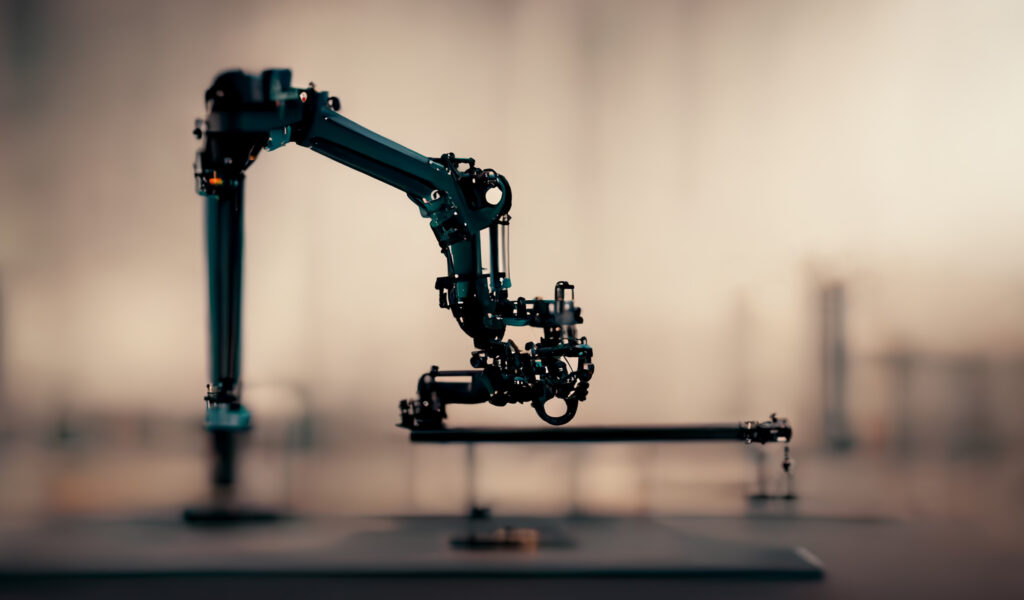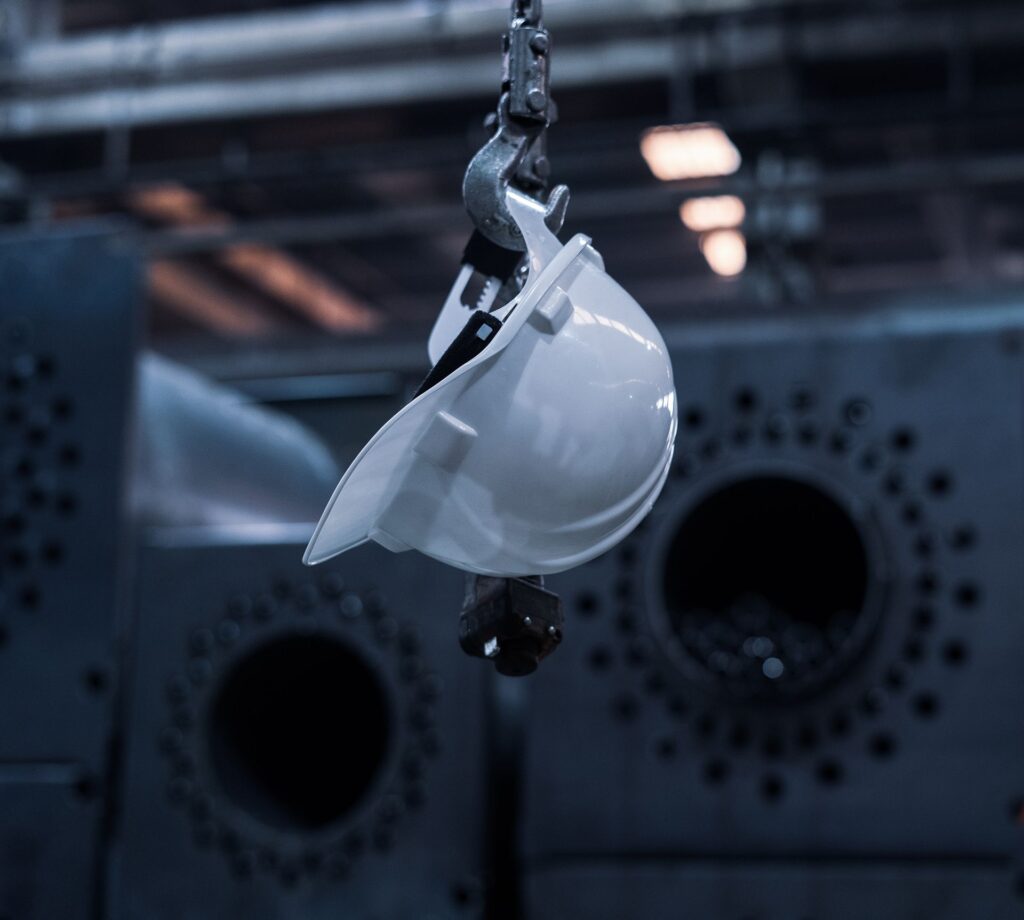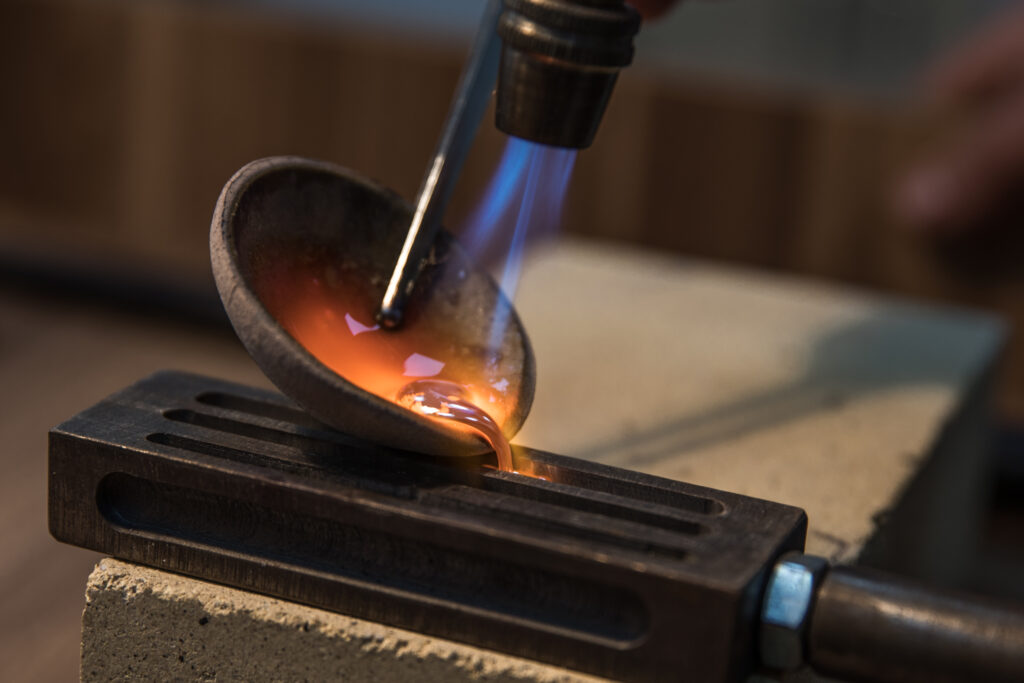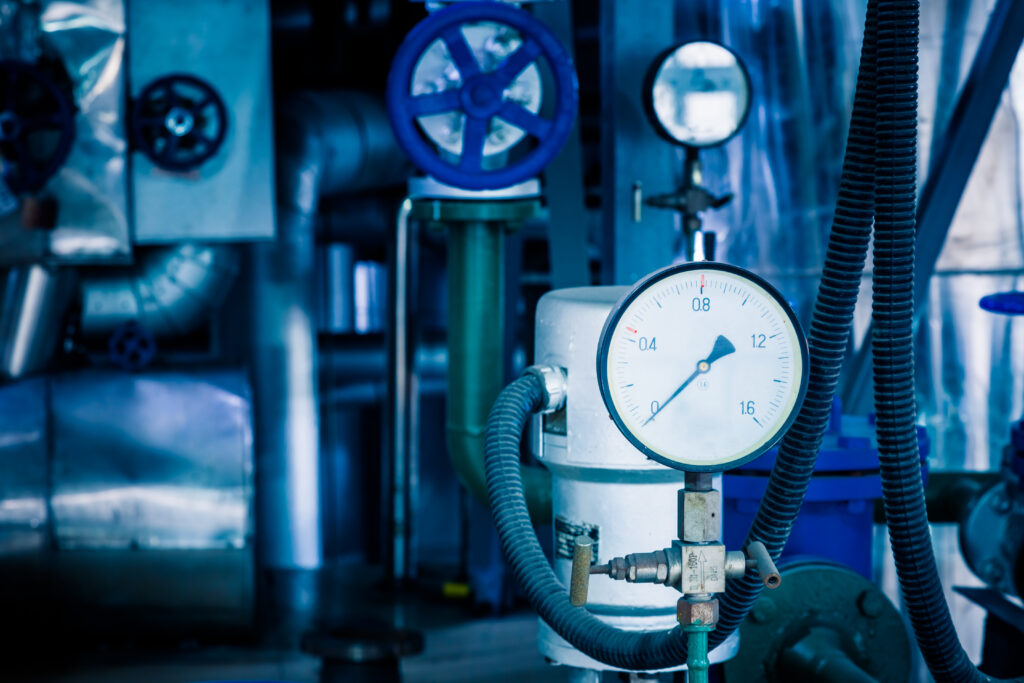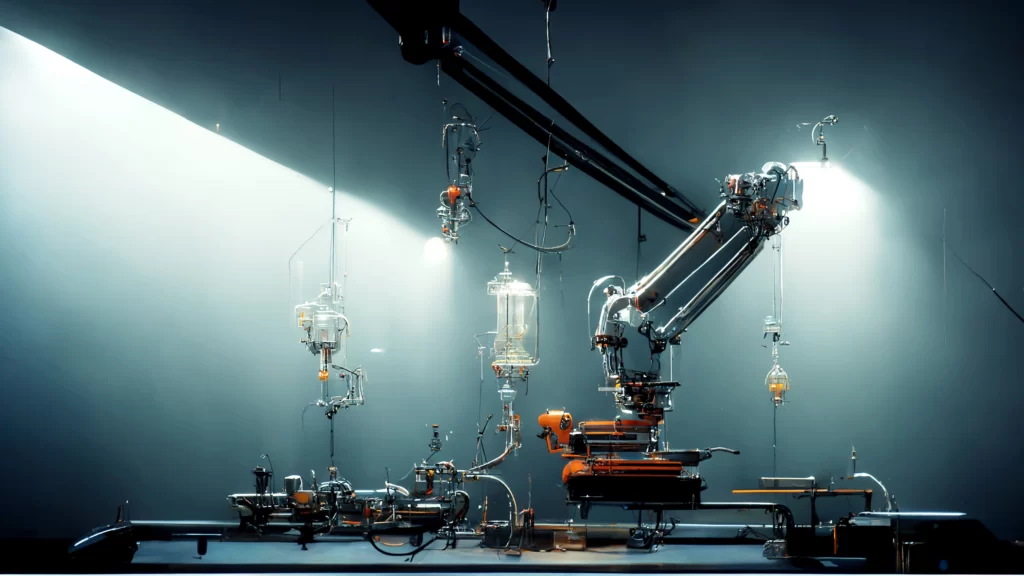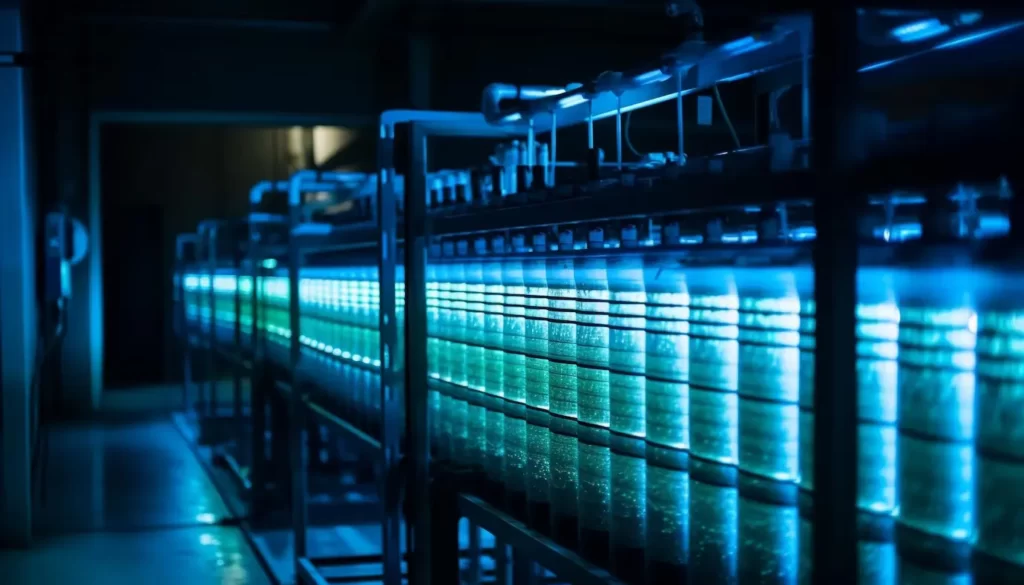The main difference between high-temperature and low-temperature Hot Melt adhesives is the temperature range at which they are applied and used.
High-temperature Hot Melt adhesives are designed to be applied at temperatures between 350 and 400 degrees Fahrenheit. They are typically used in applications that require a strong, durable bond, such as packaging, woodworking, and construction. High-temperature Hot Melt adhesives are ideal for use on substrates that can withstand high temperatures, such as metal, glass, and ceramics.
Low-temperature Hot Melt adhesives, on the other hand, are designed to be applied at temperatures between 250 and 325 degrees Fahrenheit. They are typically used in applications where the substrates being bonded are sensitive to heat, such as plastics, foams, and fabrics.
Low-temperature Hot Melt adhesives are also used in applications where the bonding process needs to be completed quickly, as they cool and solidify faster than high-temperature adhesives.
Another difference between high-temperature and low temperature Hot Melt adhesives is their bonding strength. High-temperature Hot Melt adhesives typically provide a stronger, more durable bond than low temperature adhesives. However, low-temperature adhesives can provide a sufficient bond for many applications, and they are often preferred in applications where the substrates being bonded are sensitive to heat.
In summary, the main difference between high-temperature and low-temperature Hot Melt adhesives is the temperature range at which they are applied and used, as well as their bonding strength. High-temperature adhesives are used for substrates that can withstand high temperatures and require a strong bond, while low-temperature adhesives are used for heat-sensitive substrates and applications where a quick bonding process is required.


